Tupig, which is also known as kangkanen and intemtem, is a Filipino sweet rice cake originating from northwestern Luzon, particularly the regions of Ilocos, Pangasinan, and Tarlac. Glutinous rice flour is mixed with brown sugar, or muscovado, and soft strands of young coconut meat (macapuno). It gets wrapped in banana leaves and is typically cooked directly over charcoal. In this recipe, I will give you a couple more practical options for cooking it indoors in an ordinary home kitchen, as well as the traditional method.

If you have made lontong before, picture this as sorta a dessert version of that. It goes along great in a spread of your other Southeast Asian desserts like kuih dadar, che ba mau, banh flan, and che khoai mon.
So, grab your ingredients, put on your cutest apron, and let’s make absolutely perfect Filipino Tupig together!
Jump to:
🥰Why you are going to adore the ever-loving heck outta this recipe
✊ Vegan AF: This recipe is completely plant-based, and also gluten-free.
🥸 Fool-proof Method: Even if you’re a newbie in the kitchen, fear not! This carefully crafted, and well-tested recipe is going to help you knock it out of the park on your first try.
🏠 Make It at Home, Anytime: Whether you have a roaring outdoor grill or not, you can create Tupig magic in the comfort of your own kitchen. Embrace modern convenience without sacrificing the traditional charm that makes this dish truly special.
✅ Tested and Approved Worldwide: Just like all the recipes on my blog, this Tupig masterpiece has been meticulously honed to perfection by me personally, and rigorously tested by a global squad of dedicated recipe testers.
🥥Notable ingredients and substitutions

Glutinous Rice Flour
Unlike the whole glutinous rice used for making suman, tupig is made with sweet rice flour. The stuff is crazy versatile to keep around for making everything from klepon to chee cheong fun. There is no worthy substitute for glutinous rice flour in this recipe. Nothing else will work as well.
Young Coconut Strings
It is also called buko and Macapuno, and sometimes, I have no idea why, they label it as “coconut sport”. You can make your own if you have plenty of fresh young coconuts lying about, but otherwise, it’s widely available in Asian grocery stores in jars. Different brands vary greatly in sweetness, and I personally always opt for a brand that doesn’t use preservatives and food additives, but any will work for this recipe. If you think the jar you picked up is insanely sweet, just cut back on the other sweetener in the recipe so that the final result isn’t like pure freaking sugar.
Banana Leaves
Traditional and eco-friendly, banana leaves, called Dahon ng Saging in Tagalog, serve as both a cooking vessel and a subtle aromatic enhancer for Tupig. Sometimes coconut leaves are used in place of banana leaf. If you absolutely can’t get any, corn husks which you might use for wrapping tamales can be used as an alternative for the wrapping step. The distinct aroma of banana leaves will be missed, and you may need to double-wrap them as corn husks are thinner.
Brown sugar
Brown sugar, also known as “pulot na asukal” in the Philippines, brings a nice mineral-rich, molasses flavor that complements the coconut and rice flour. A few other sugars you can use in this recipe instead are muscavado, palm sugar, sucanat, or coconut sugar (which I use for making martabak).
*See the recipe card at the bottom of the page for exact quantities, nutritional info, and detailed cooking directions.
🤯Variations
Here are a couple of fun ways to tweak this recipe to make some other regional treats.
One variation of this dessert is known as “Binalay.” Similar to Tupig, Binalay is made from glutinous rice flour, coconut, and sugar. However, Binalay often takes things a step further by incorporating crushed peanuts into the mixture. If you add those, make sure to use dry roasted peanuts, and maybe even briefly toast them before incorporating them into the filling mix so they keep their crunchiness.
There is a Vietnamese dish similar to Tupig called “Bánh Chưng.” Bánh Chưng is a traditional sticky rice cake that’s often made during the Lunar New Year (Tết) celebrations. It is very much like binalay, in that it has peanuts, but also gets served with thick sweetened coconut milk. The first time I had it was in Manilla, of all places, when I was cooking at the World Street Food Congress in the Philippines, representing America. A group of Vietnamese street food cooks made that dish at the event, and I was psyched because it was one of the only vegan things being served that I could eat.
Another variation is called “Inutak,” which hails from the Bicol Region. Inutak stands out with its unique layered appearance, resembling the texture of slightly burned rice at the bottom of a pot. To make Inutak, a mixture of glutinous rice, coconut milk, and sugar is combined. What makes it truly special is the inclusion of mashed ube (purple yam).

📖 How to make perfect tupig
Make this perfectly by following these step-by-step instructions with important tips. Or you can follow along with the easy-to-print recipe card towards the bottom of this page.

Step One
Cut the banana leaves into 6x12-inch (15 x30 cm.) rectangles. Gently wash them, and briefly pass over a flame or stovetop burner to soften them. Pat them dry between two clean kitchen towels.
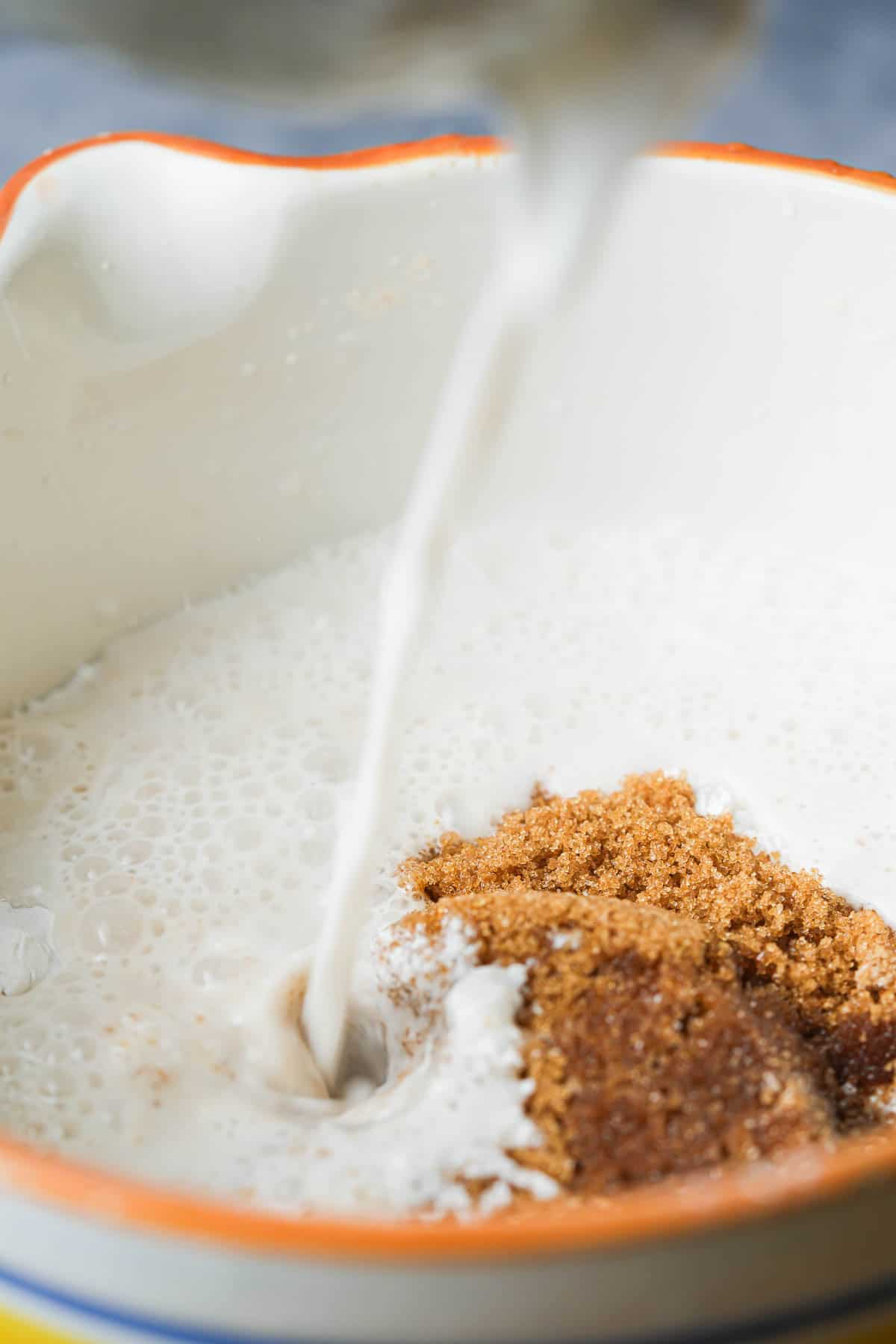
Step Two
Mix the glutinous rice flour, coconut milk, brown sugar, salt, and vanilla extract in a mixing bowl until thoroughly combined.

Step Three
Mix the drained young coconut strings into the batter by hand.

Step Four
Lay out a banana leaf piece and spoon a generous amount of batter (3-4 tablespoons) in the center.
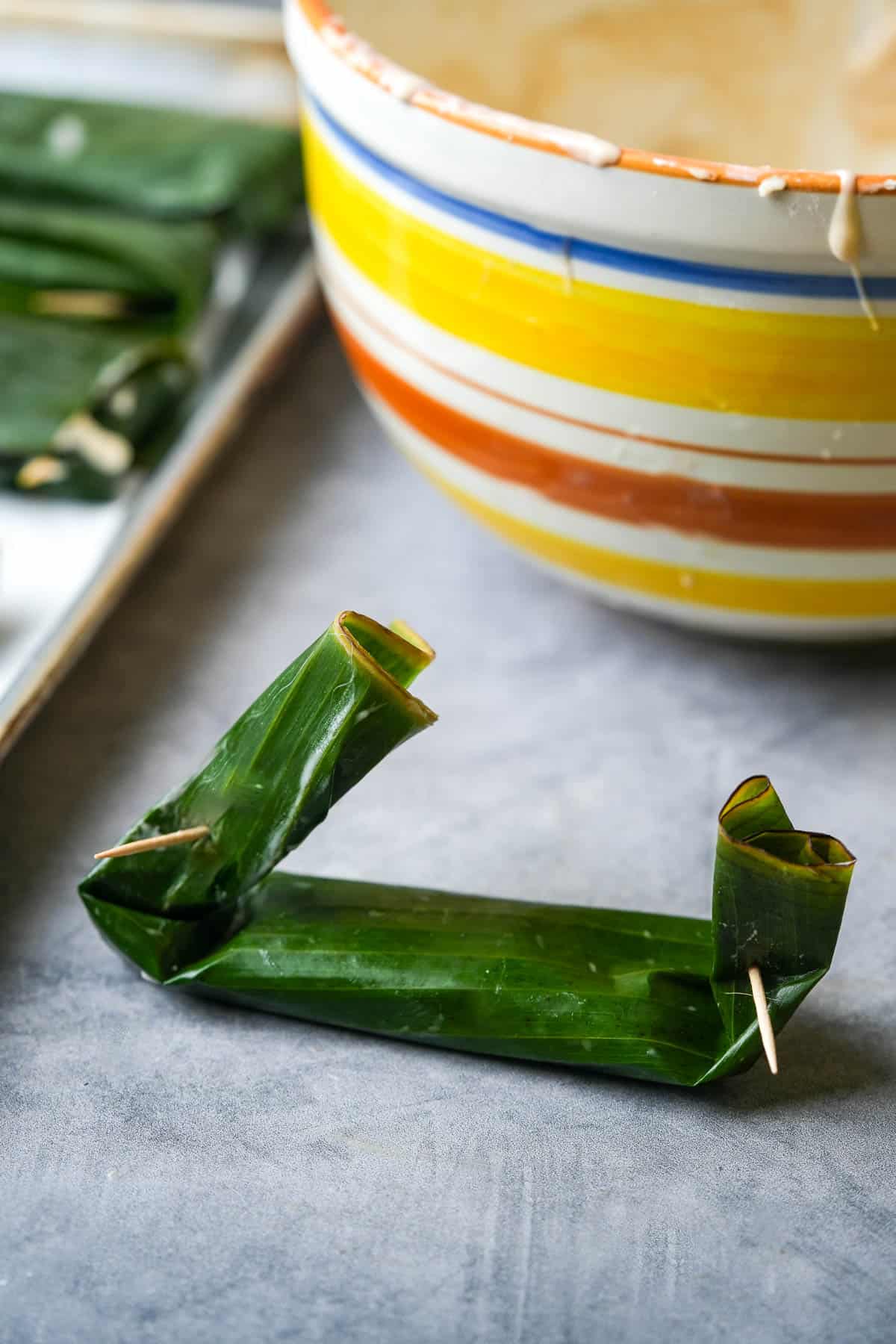
Step Five
Roll the leaf around the batter to create a neat tube with open ends. Fold the ends inward, pinch the sides of the ends together, and secure with toothpicks to prevent unwrapping while cooking.
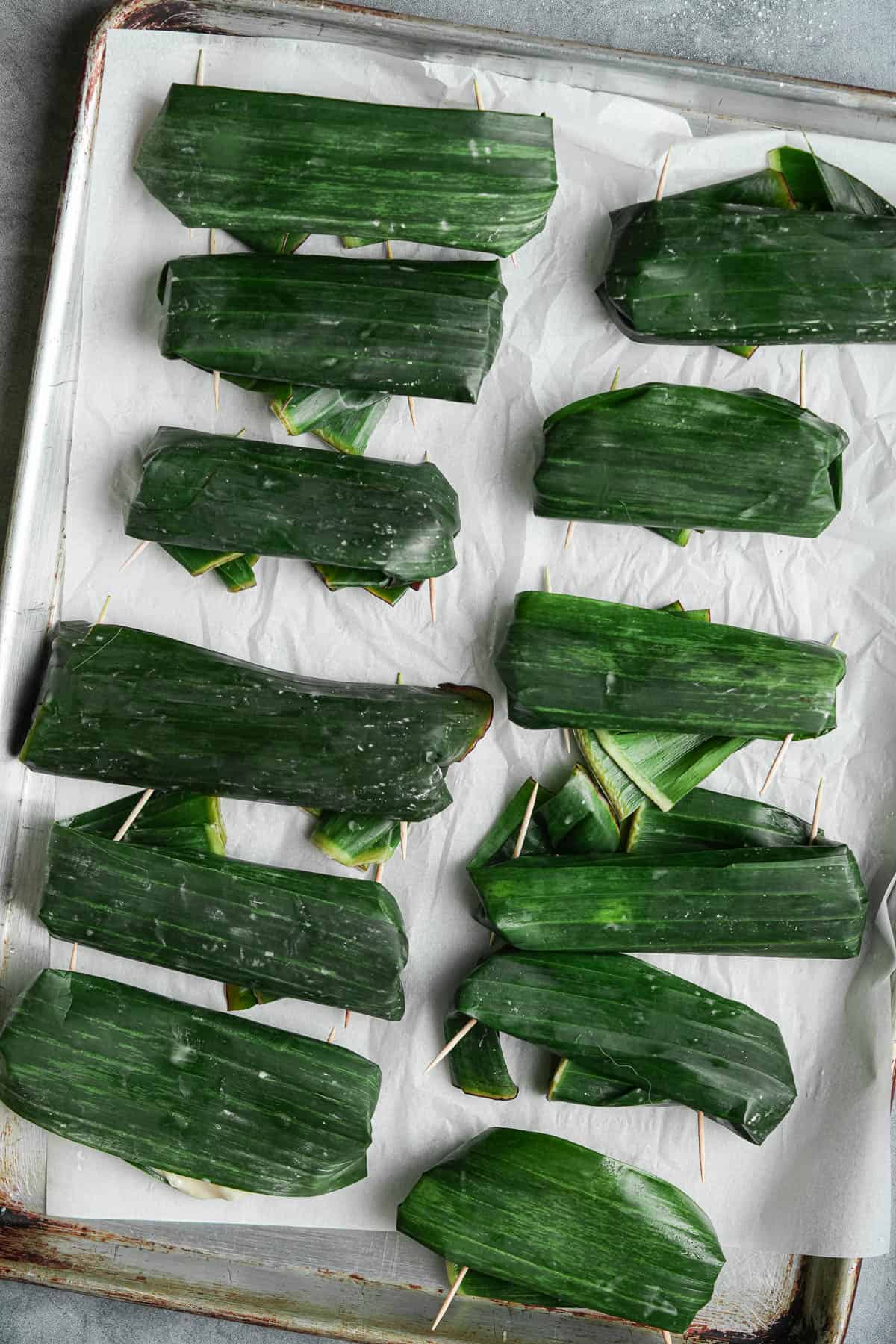
Step Six
For the oven option: Preheat the oven to 400°F (205°C). Place the wrapped Tupig on a baking sheet and bake for 30-35 minutes until the leaves turn slightly brown and the texture is firm.

Step Seven
For stovetop: Heat a skillet over medium heat. After 90 seconds, add Tupig and cook for 15-17 minutes on each side until they’re firm and dark brown.

Step Eight
Allow your Tupig to cool slightly before unwrapping them from the charred banana leaves and serving.
💡Serving Ideas
Don’t let your Tupig get lonely!
Serve it with other Filipino classics like Ginataang Kalabasa, Tofu Sisig, Ginisang Monggo, or Ensaladang Talong, a salad made with charred eggplant and green mango.
Make a meal of Tahu Goreng or Sambal Goreng and nourishing Urap Sayur with big fluffy vegetarian steamed bao over fragrant rice varieties like Nasi Uduk, Nasi Minyak, or Nasi Kunyit.
👉Top tips
- The coconut milk and young coconut strings are the heart of Tupig’s flavor. Use quality, full-fat canned coconut milk for a rich taste, and don’t forget to drain the young coconut strings well to prevent excess moisture and too much sweetener in your mixture.
- When wrapping the mixture in banana leaves, ensure they’re pliable enough to fold easily without tearing. Don’t worry though, if they do tear, it’s totally fine to double-wrap them.
- If you’re using the oven method, arrange your wrapped Tupig on a parchment paper lined baking sheet. That way if they ooze while cooking, the parchment will prevent burning, and will make your cleanup a lot easier.
- Be Patient: Make sure your Tupig have achieved a dark brown exterior, and then allow them to cool slightly before unwrapping and serving. This will ensure they are firm enough.

🤷♀️FAQ
Glutinous rice flour’s unique sticky texture is crucial for Tupig. Regular rice flour won’t yield the same results.
Absolutely, and in my opinion, you should! Just ensure you get full-fat coconut milk, not “light” coconut milk, and ensure it’s well-mixed before using.
This tupig recipe isn’t great when made with dried coconut. Natural desiccated coconut loses a lot of its flavor when it is dried, and has more of the texture of sawdust than you want in your life!
While banana leaves enhance the flavor, you can use lightly oiled parchment paper or soaked and wiped-down corn husks as alternatives.
Freezing will alter the texture and dry out your tupig upon thawing. So it’s best enjoyed fresh. If you do freeze it, reheat it gently and add a splash of water or vegan butter to minimize the drying.
Store your cooked Tupig in an airtight container at room temperature for up to two days. To maintain its chewy texture and flavors, avoid exposing it to direct sunlight or moisture. If you want to extend its shelf life, refrigerate for up to a week, but keep in mind that refrigeration might slightly alter the texture. When reheating, use a gentle method like steaming to prevent drying out.
✌️My faves to serve as a meal with this dish:
Say Hi on Social! 👋
Follow me on Instagram & Facebook for more recipes.
❤️Love this recipe? It helps me out greatly if you leave a 5-star 🌟🌟🌟🌟🌟rating in the recipe card below and maybe even leave me a lovey-dovey comment too!
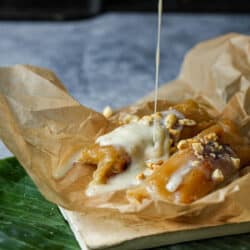
Ultimate Homemade Tupig (Filipino rice sweet)
Equipment
- Grill (for outdoor grill method)
- Toothpicks or kitchen twine (for wrapping)
- Flame or hot stovetop burner (for banana leaf preparation)
Ingredients
- 3 ¾ cups Glutinous rice flour 400 g.
- 13.5 oz. Coconut milk 400 ml.
- 1 cup Young coconut strings buko, drained
- 1 cup brown sugar or coconut sugar
- ½ teaspoon salt
- ½ teaspoon vanilla extract
- 12 banana leaf sections 6x12 inches ( 15x30 cm.) each
Instructions
- Gently wash the banana leaves and pat them dry. Cut them into 6x12-inch (15x30 cm.) rectangles and briefly pass them over a flame or hot stovetop burner to make them more pliable.
- In a mixing bowl, combine the glutinous rice flour, coconut milk, brown sugar, salt, and vanilla extract. Stir well until the ingredients are thoroughly blended.
- Mix in the drained young coconut strings, ensuring an even distribution.
- Take a piece of the prepared banana leaf and place a generous spoonful of the batter onto the center. Roll the banana leaf around the batter, creating a neat tube with open ends. Secure the ends by folding them inwards towards each other, pinching the sides of the open ends together, and then skewing each side with a toothpick to prevent it from unfurling as the tupig cooks.
- Reheat a large skillet over medium heat. After 90 seconds when the pan is hot, place as many tupig into the pan as you can fit.
- Cook the tupig for 15-17 minutes on each side. The outside should look dark brown before you flip them, and the Tupig becomes firm and cooked through.
- Allow the tupig to cool and firm up slightly before unwrapping and serving.

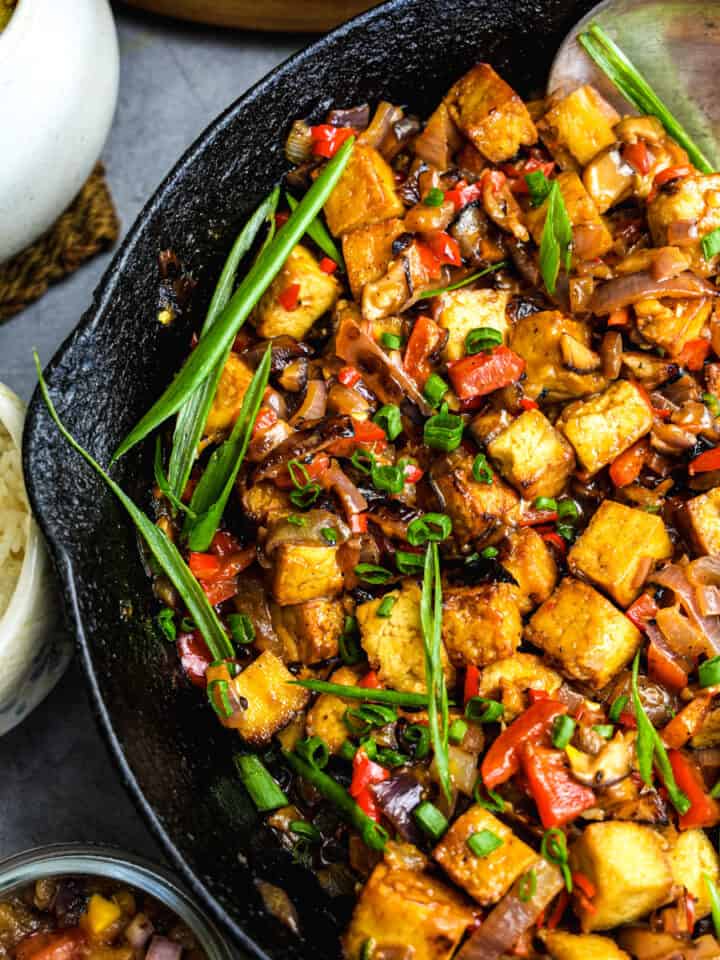
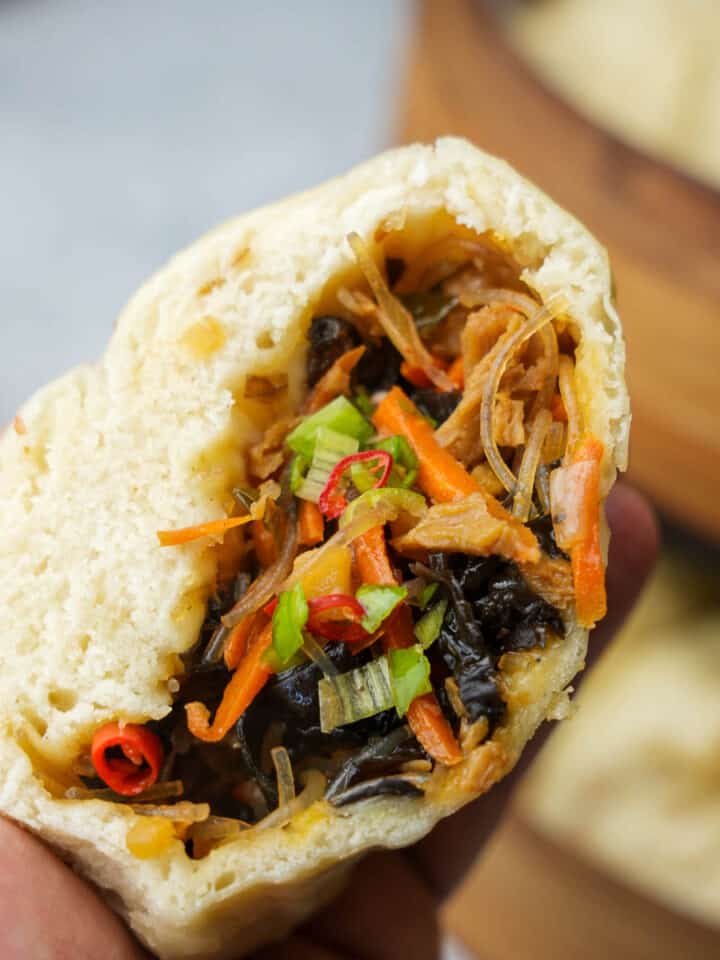
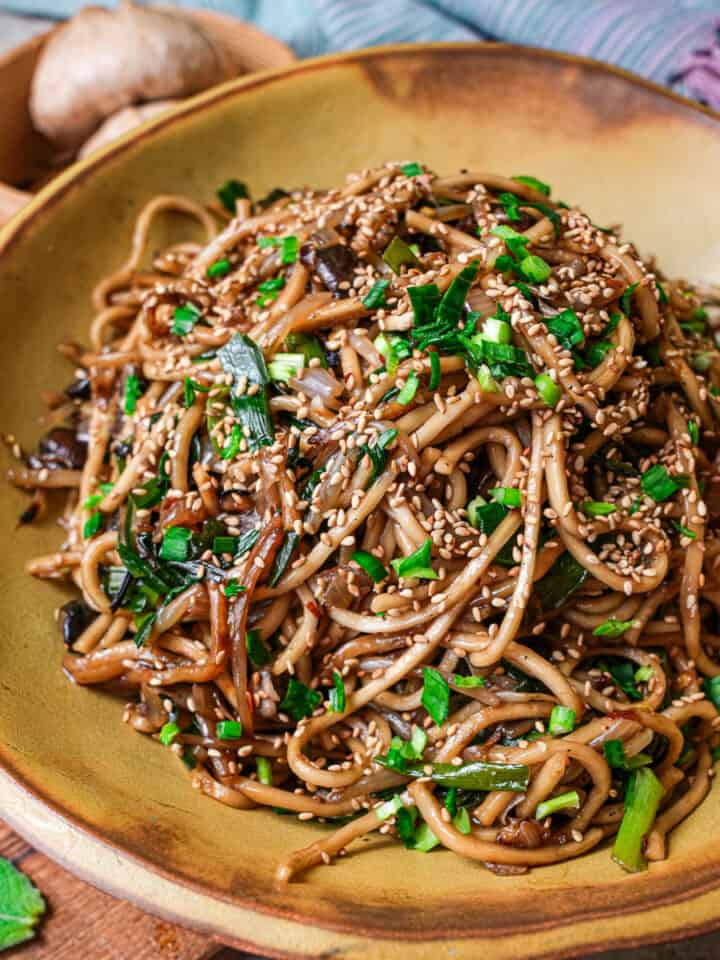
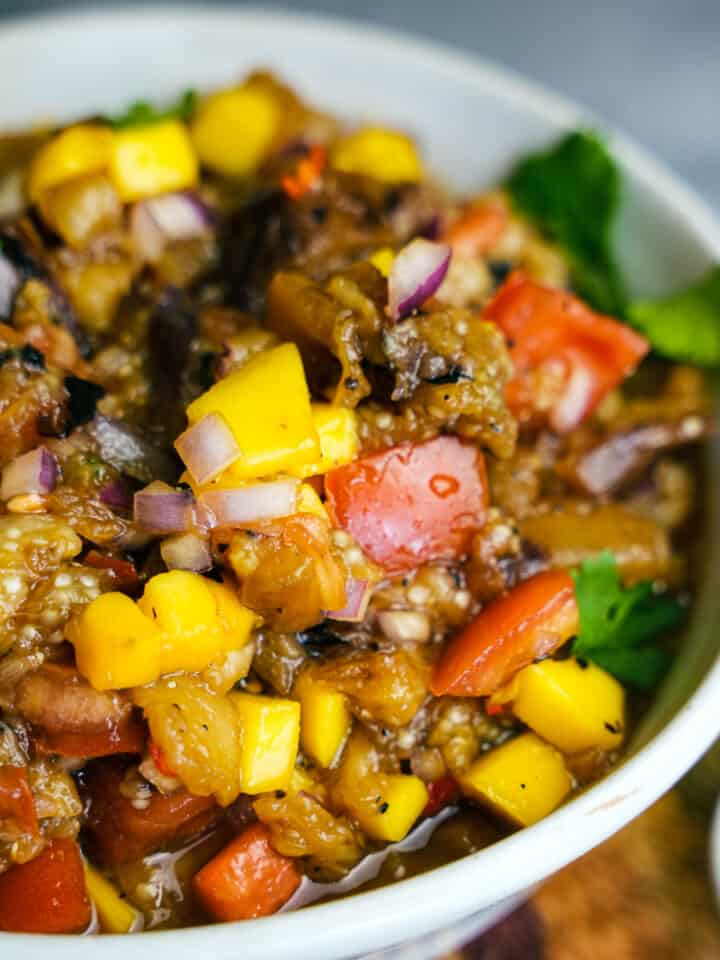
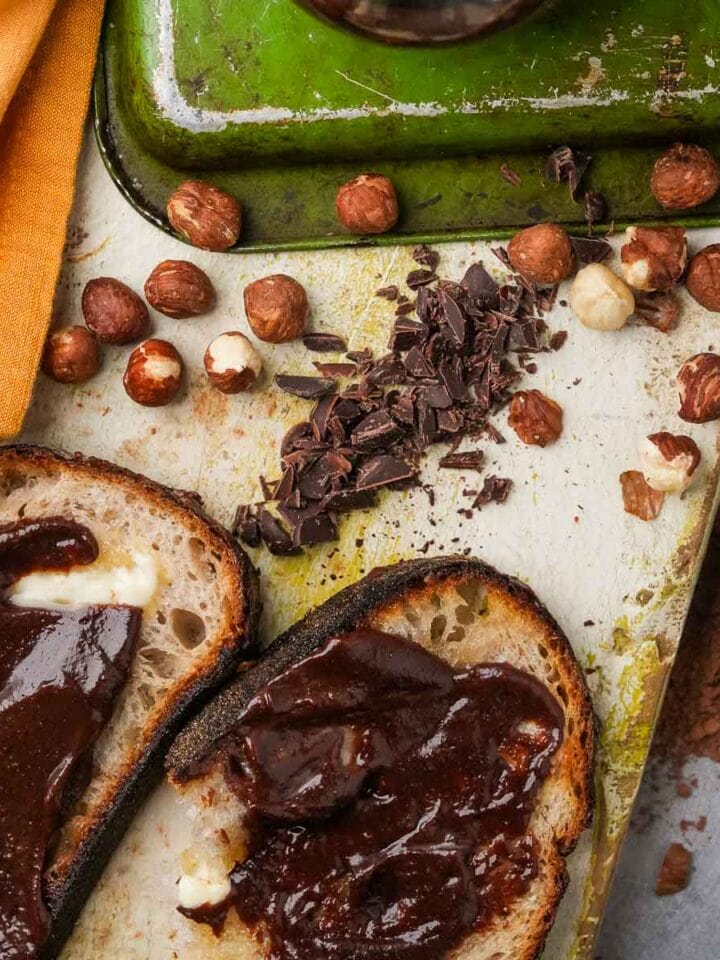
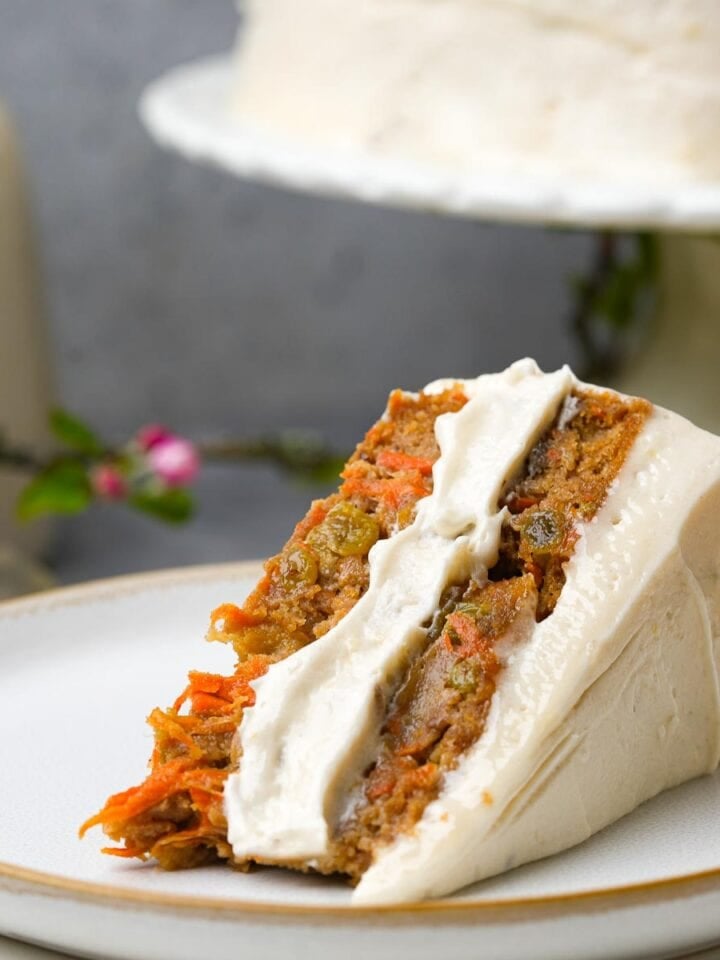
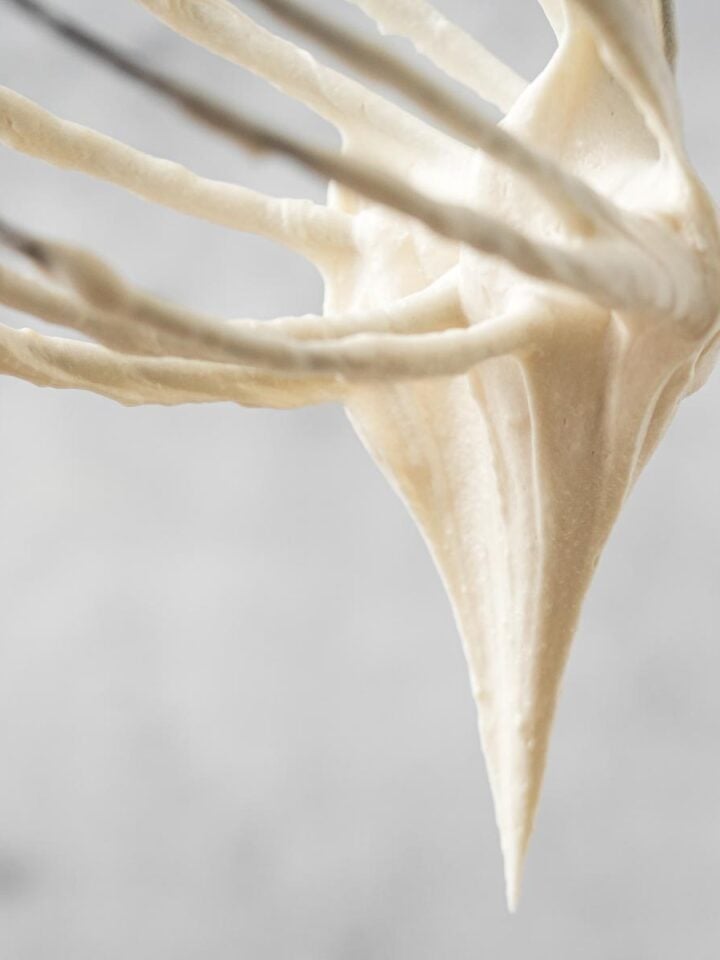
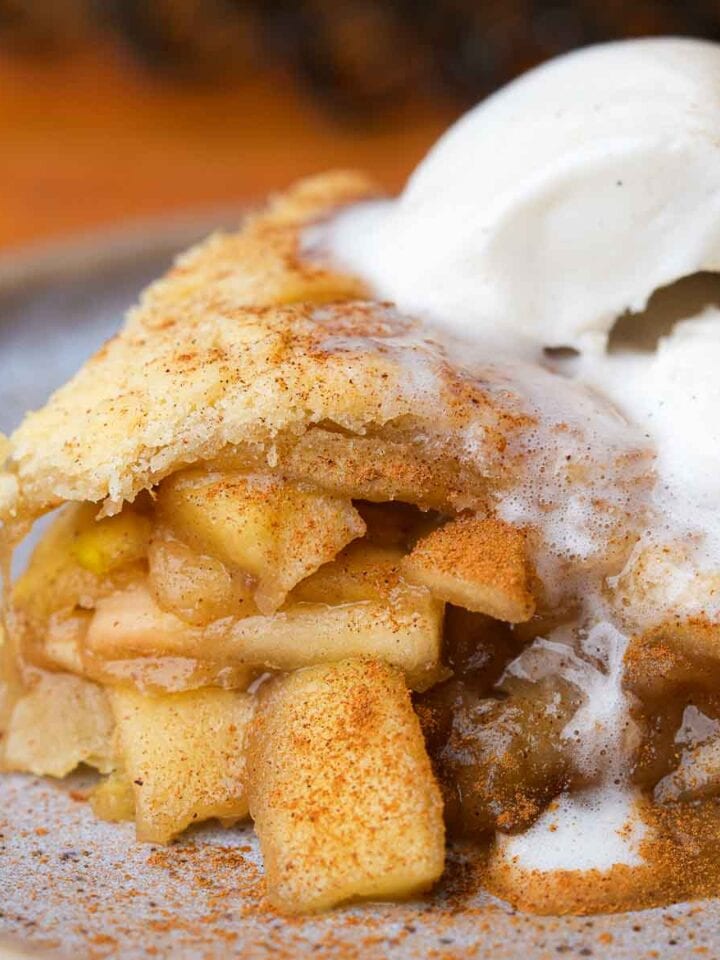

Leave a Reply